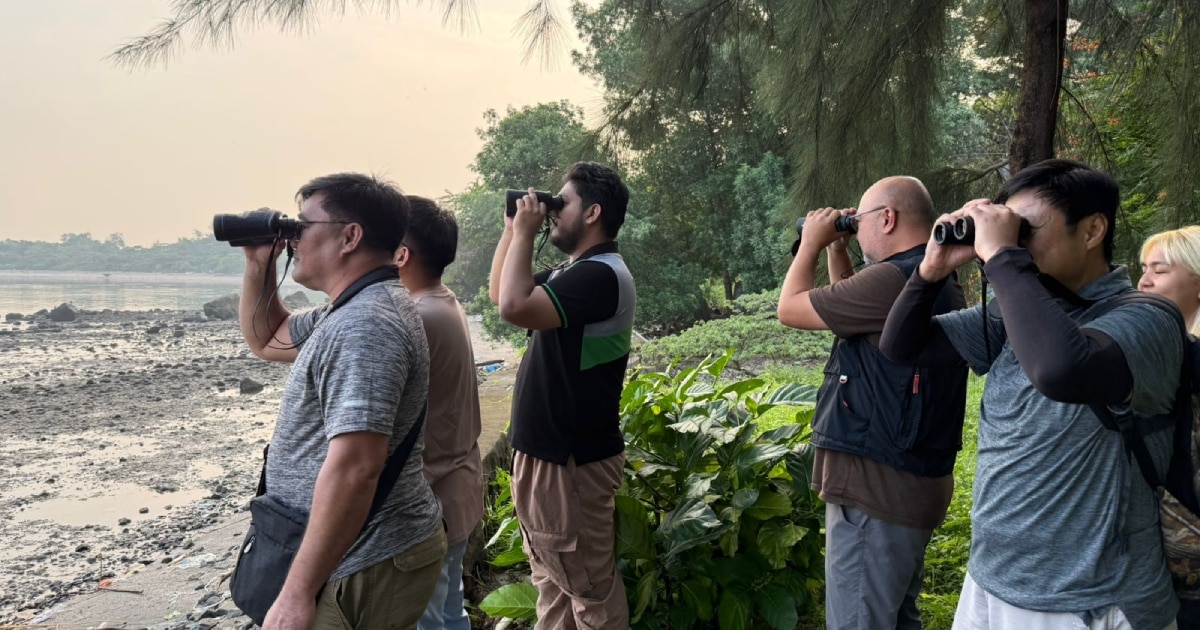On 11 October 2025, the global observance of World Migratory Bird Day (WMBD) was celebrated with renewed purpose and collaboration at the Las Piñas–Parañaque Wetland Park (LPWP), a vital sanctuary for countless migratory bird species and an essential part of the East Asian–Australasian Flyway. This year’s theme, “Shared Spaces: Creating Bird-Friendly Cities and Communities,” underscored the importance of coexistence — reminding us that cities and nature can thrive side by side when people, policies, and communities commit to protecting the habitats that sustain life.
The event opened with warm and inspiring remarks from Christopher Villarin, Chief of the Protected Area Management and Biodiversity Management Section and concurrent Protected Area Superintendent of LPWP. Villarin’s steadfast leadership and commitment to biodiversity conservation continue to inspire collective action. His message highlighted the crucial role of partnerships between government, academic institutions, and the public in safeguarding wetlands — vital stopovers for migratory birds that journey thousands of kilometers each year.
Shared Spaces, Shared Responsibility: Message from DENR
A highlight of the celebration was the welcome message from Assistant Director Mariglo Rosaida Laririt, delivered by Lourdes Almeda, Ecosystems Management Specialist of the DENR and a proud alumna of Our Lady of Fatima University (OLFU). Her presence added a deeper layer of meaning — once a student at OLFU, Almeda now devotes her career to biodiversity conservation and ecological sustainability.
In her message, Laririt welcomed partners, guests, and participants to this year’s celebration and emphasized the global significance of World Migratory Bird Day, observed in over a hundred countries each year. She described how the Las Piñas–Parañaque Wetland Park illustrates that nature and urban life can coexist, serving as a living example of how cities can integrate biodiversity protection into their growth.
This year’s theme, “Shared Spaces: Creating Bird-Friendly Cities and Communities,” was presented as both a challenge and an invitation. It challenges us to address the pressing threats migratory birds face — shrinking habitats, pollution, and rapid urban growth — and invites us to rethink how we design and inhabit our communities, ensuring that there is space for wildlife.
Laririt emphasized that conservation knows no borders. The East Asian–Australasian Flyway — connecting the Philippines with over 20 nations and supporting more than 50 million migratory waterbirds annually — is a powerful symbol of shared responsibility. Even in the heart of Metro Manila, she said, safe havens for wildlife can exist if we choose to protect them.
She closed by thanking all partners and collaborators for making the celebration possible, and paid special tribute to the youth, calling them the “future stewards” of wetlands. Their creativity and passion, she said, will shape the kind of spaces we share with both people and wildlife — ensuring that migratory birds will always find a home in the Philippines.
Partners in Conservation: Building a Bird-Friendly Future
The celebration also recognized the invaluable contributions of individuals and organizations whose dedication strengthens the mission of bird and habitat conservation. Mike Lu, President of the Wild Bird Club of the Philippines (WBCP), was present to represent the country’s most active birding and conservation community, whose work in research, citizen science, and environmental awareness continues to raise the profile of Philippine birdlife both locally and internationally.
Support from the private sector was also highlighted through the presence of Atty. Bom Gomez of Megawide Construction Corporation and Tata Saavedra of the Megawide Foundation, whose commitment to sustainability and environmental partnerships plays a vital role in advancing conservation projects and public awareness campaigns. Megawide Foundation through their generosity and support had build Bird Hide 2 for the public , nature enthusiasts in order to observe birds in their natural habitat , without disturbing them .
Special acknowledgment was likewise extended to the dedicated staff of Our Lady of Fatima University (OLFU), whose participation and organizational support reflect the institution’s ongoing advocacy for environmental education and sustainability.
OLFU: Education in Action, Advocacy in Flight
Among the many institutions that joined the celebration was Our Lady of Fatima University (OLFU), represented by a dedicated delegation from various departments and offices: Dr. Sonny Talavera (Health and Wellness Group), Dexter Basunillo (Director, Office of Community Extension), Ezer Ambala (Office of Co-Curricular Affairs), and Paul Singian (Basic Education). Their presence underscored OLFU’s strong commitment to environmental stewardship and sustainability.
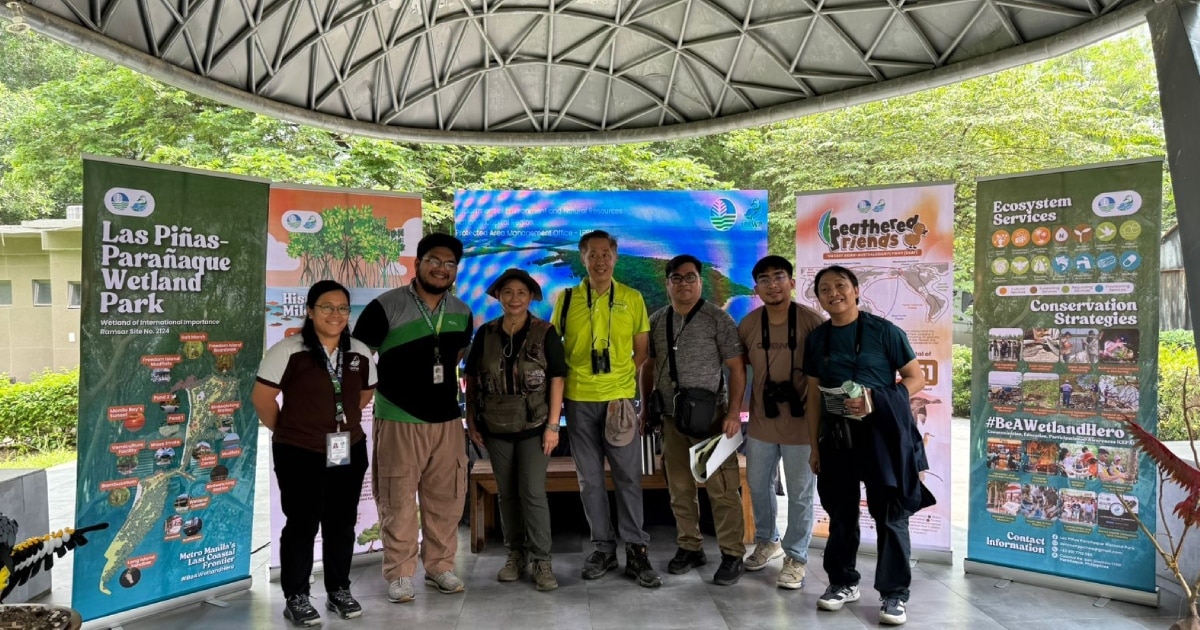
Their participation reflected OLFU’s mission to extend learning beyond the classroom and foster experiential education that cultivates ecological awareness and social responsibility. The university’s involvement also highlighted the transformative role educational institutions play in shaping a generation that not only understands the science of biodiversity but also embraces the responsibility to protect it. Through partnerships with the Department of Environment and Natural Resources (DENR) and the Las Piñas–Parañaque Wetland Park, OLFU continues to strengthen its advocacy for the conservation of wetlands — ecosystems that serve as nurseries of biodiversity, natural buffers against climate change, and crucial waypoints for migratory birds traveling across continents.
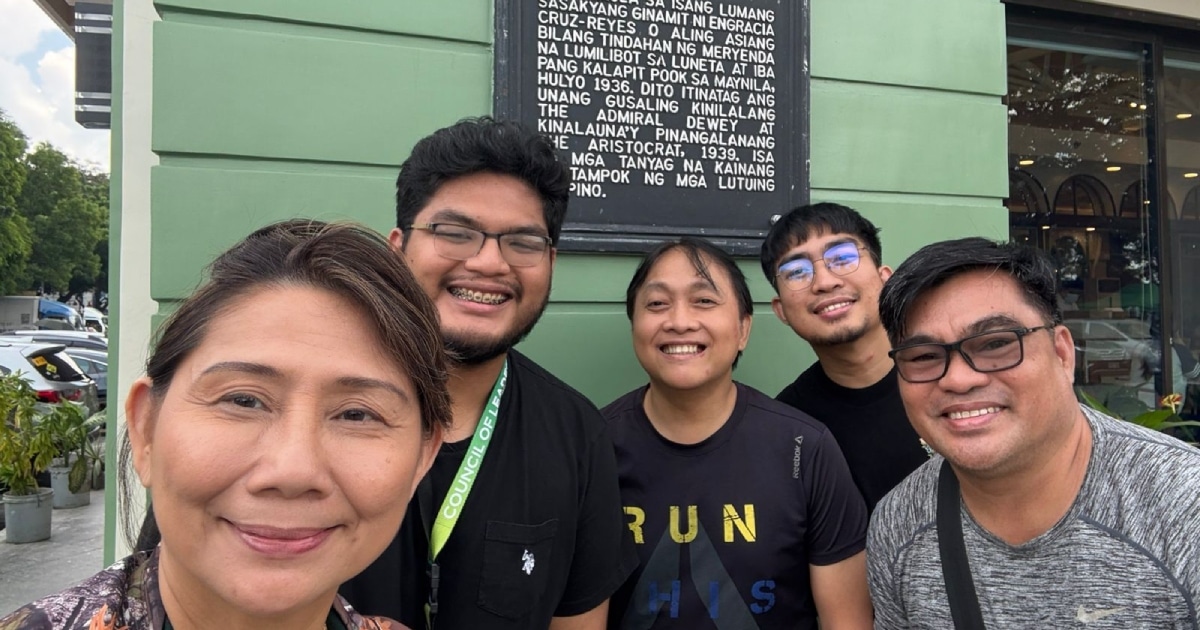
Celebrating the Journey of Migratory Birds
World Migratory Bird Day is more than a celebration — it is a global call to action. Migratory birds traverse continents and oceans, linking ecosystems across the world. Their survival depends on the health of the habitats they visit, and wetlands like LPWP are indispensable to their journey.
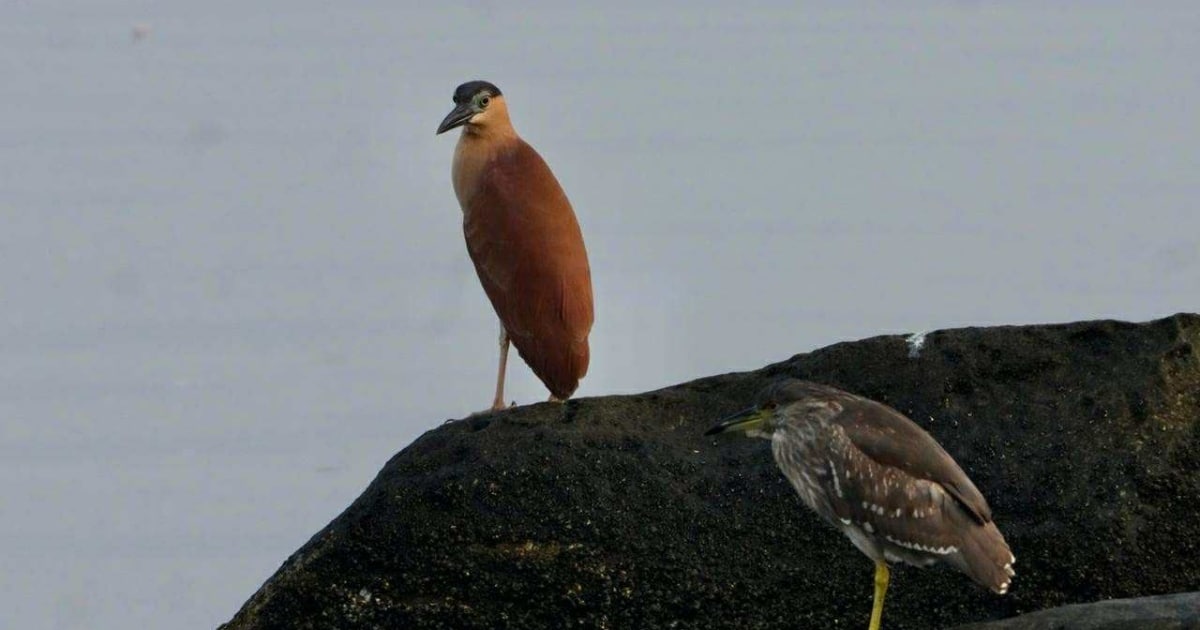
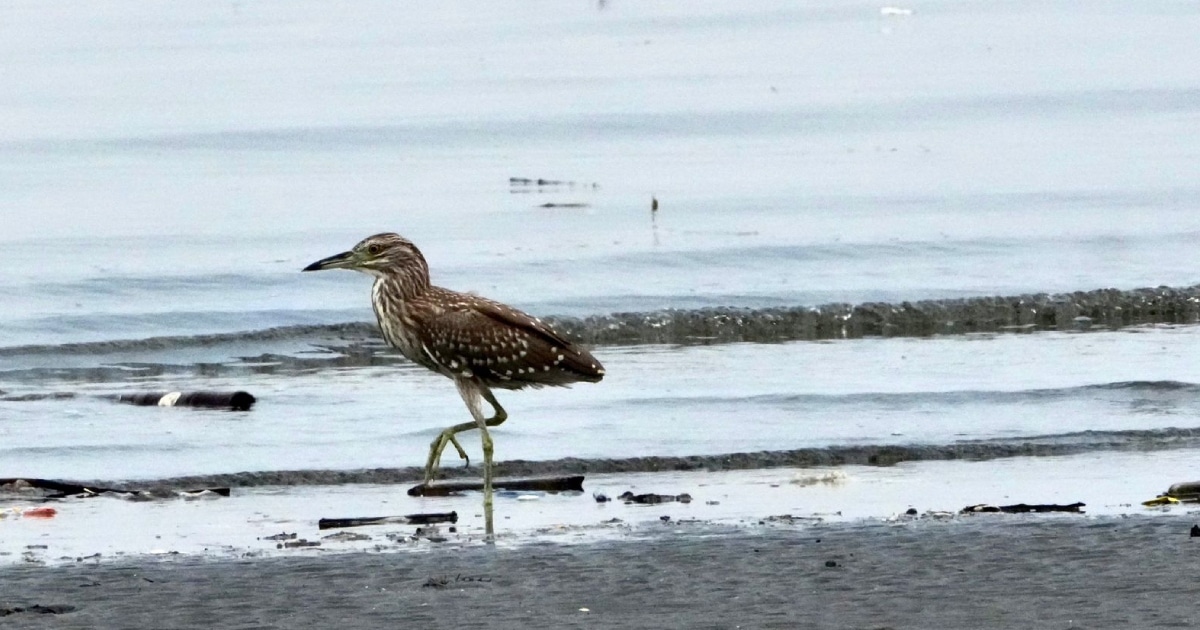
Participants engaged in educational activities, guided walks, and exhibits that deepened their understanding of migratory birds and the challenges they face — from habitat loss and pollution to the impacts of climate change. These experiences reinforced a vital message: the fate of migratory birds is intertwined with our own, and their protection reflects our collective care for the planet.
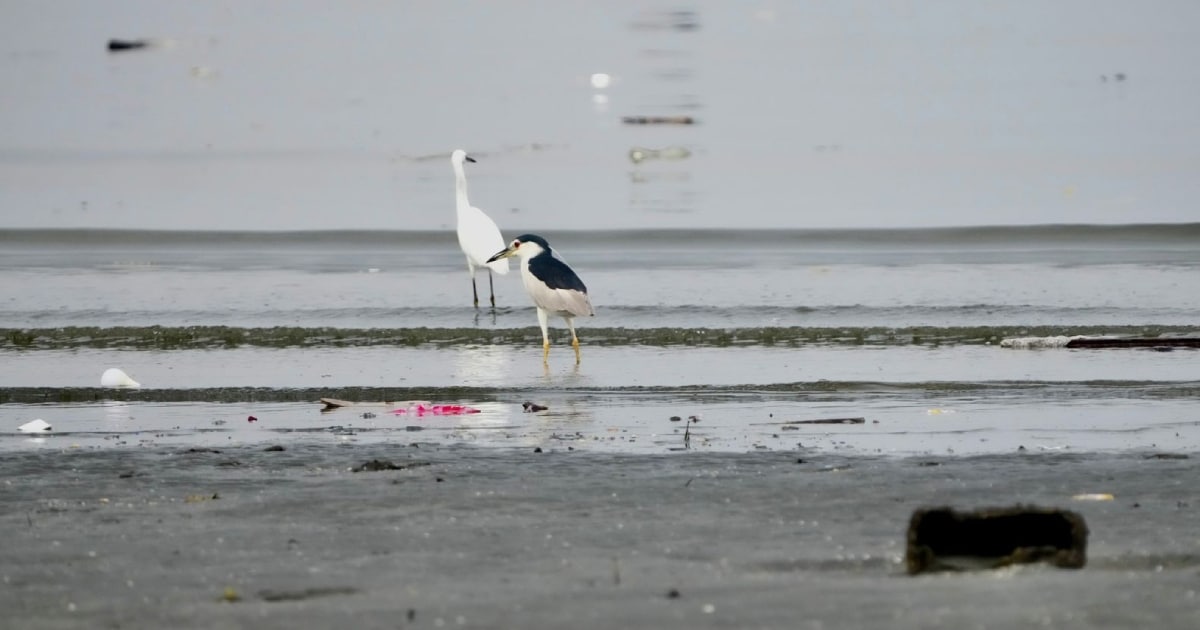
Through the Lens: Inspiring Conservation
Photography also played a significant role in this year’s observance. Captivating bird images taken in wetlands and migratory sites across the Philippines and beyond offered not only aesthetic beauty but also deeper insight into the diversity and fragility of avian life. Through the lens, these photographs become ambassadors of conservation — inspiring people to pause, marvel, and protect the natural wonders that too often go unnoticed.
Shared Future for People and Wildlife
The 2025 celebration of World Migratory Bird Day at the Las Piñas–Parañaque Wetland Park serves as a powerful reminder that protecting biodiversity transcends institutions, professions, and borders. It is a shared mission, one that flourishes through cooperation and shared purpose.

We extend our deepest gratitude to Christopher C. Villarin, Mariglo Rosaida I. Laririt, Lourdes Almeda, Michael Lu of the Wild Bird Club of the Philippines, Atty. Bom Gomez, Tata Saavedra, the Megawide Construction Company and Foundation Foundation, and the OLFU delegation — Dr. Sonny Talavera, Dexter Basunillo, Ezer Ambala, and Paul Singian — for their meaningful contributions to this event.
As OLFU continues to align education with advocacy — and as conservationists, scientists, photographers, and citizens unite in purpose — we hold fast to a shared hope: that future generations will inherit skies filled with life and wetlands brimming with biodiversity.
Because when we protect migratory birds, we protect our shared home.
Story by Dr. Mylene Santos-Abad Santos
